A few years ago, I headed out for a solo afternoon sail on Puget Sound aboard my Caledonia Yawl, ALISON. It was a weekday and there was only a handful of trailers parked in the lot by the launch ramp at Meadow Point. The light summer breeze was just right for the ample spread of the lug main and, after I cleared the breakwater guarding the ramp, ALISON slipped briskly through the corrugated water. After setting sail, I headed across Puget Sound toward Bainbridge Island. (The photographs here were taken in the same location but on different occasions. They closely resemble the scenes in the events conveyed in this account.)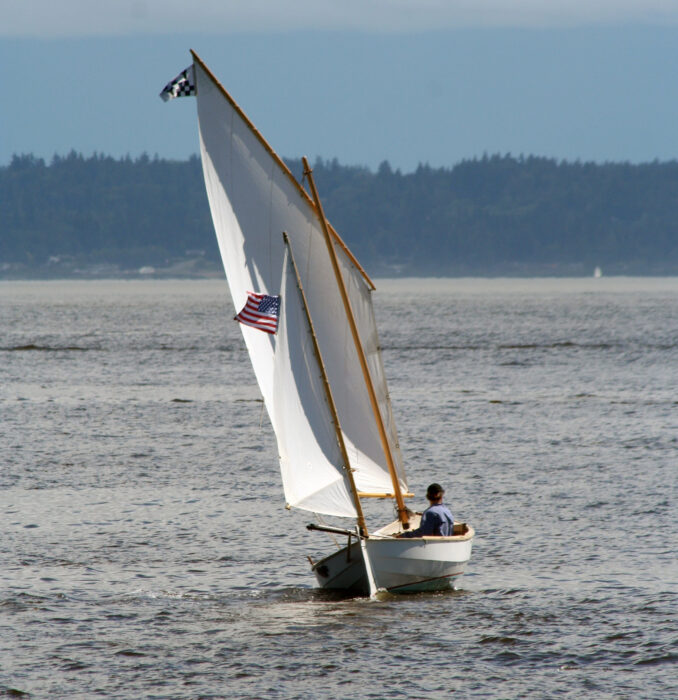 Laurie Cunningham
Laurie Cunningham
Join The Conversation
We welcome your comments about this article. To include a photo with your remarks, click Choose File below the Comment box.
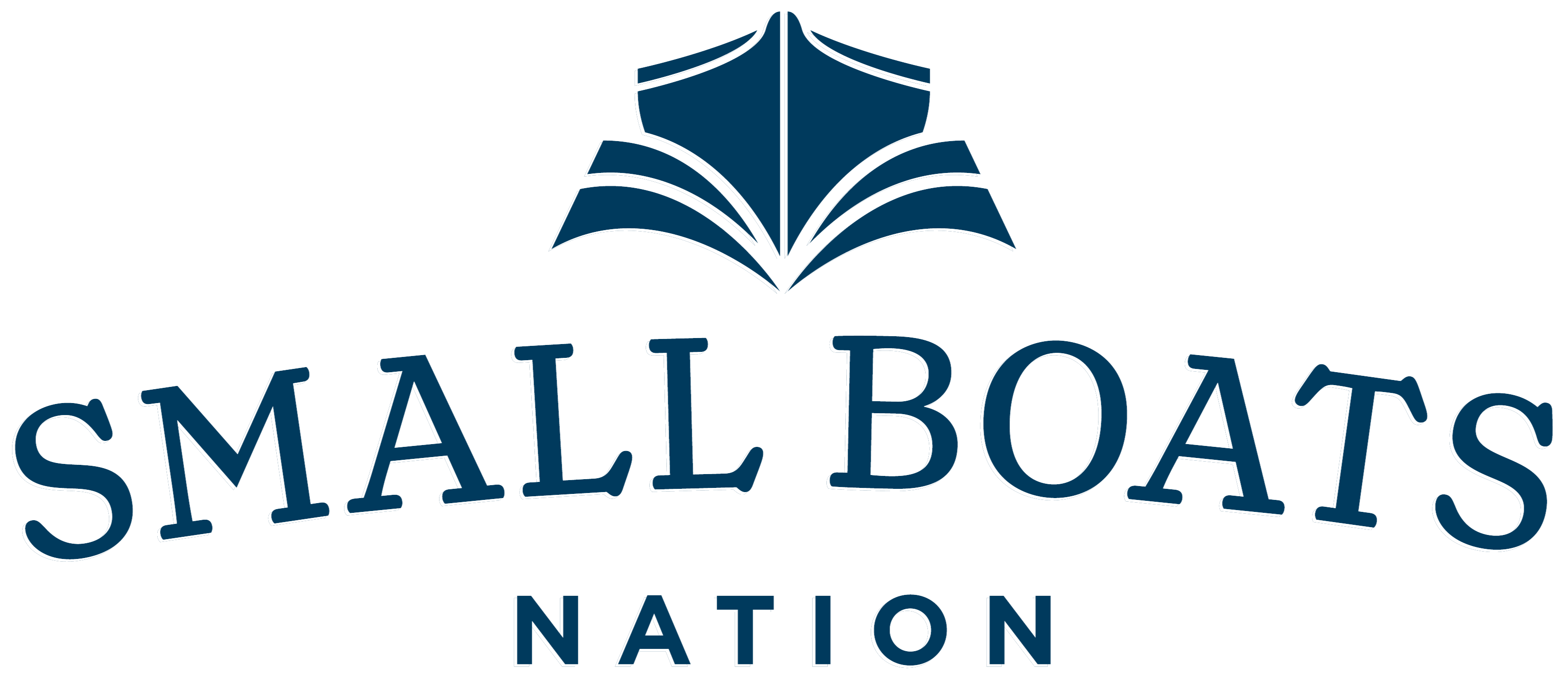
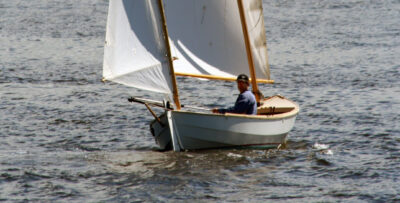
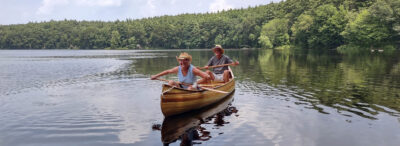
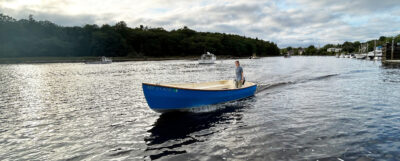
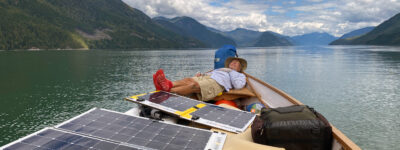

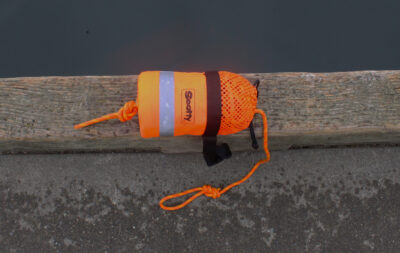
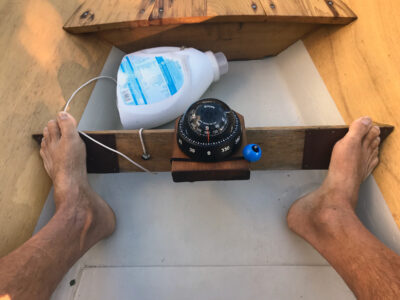
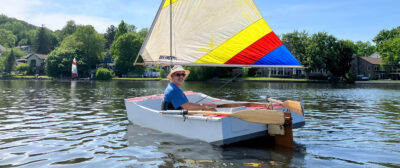
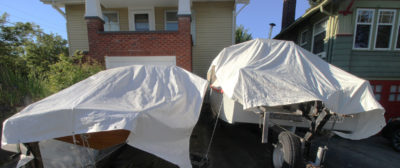
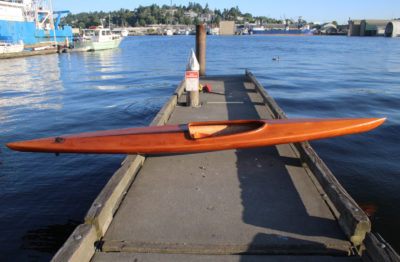
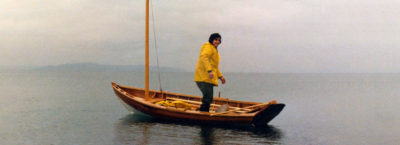
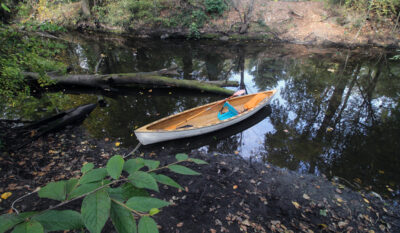
Always good to think about what could have been done better, but at least you were thinking and watching enough to realize something was wrong and look for them. I rescued a kayaker in April who capsized a sit-in kayak about ¾ mile out from the harbor. I heard someone yelling for help and remembered seeing a kayak out there so I headed that way and saw him approximately ¼ nautical miles from me. Afterwards I decided that I should have notified USCG or Harbor Patrol on the radio in case he was injured or sank below the surface before I got there. Hindsight is 20/20. USCG showed up while I was mounting the Torqeedo so I could tow his submerged kayak back in. Never heard them on the radio so guess someone on the beach might have heard yelling and called it in to them?
Good work, no, great work by all who help during these emergencies. Nothing beats being alert and willing to help.
A fun exercise is to do regular crew overboard drills: pick a buoy near where you are sailing and practice stopping within an arm’s reach. Good to do, especially on a blustery day.
One minor reminder: If you carry a VHF, the Coast Guard requires us to monitor Channel 16 unless we’re using the radio for communication.
This exposes us to the nuisance of listening to unimportant calls. It does give us access to the Coast Guard’s announcements of emergencies going on aground us.
Where I learned to sail, there were boardheads needing rescue on a semi-regular basis.
My first rescue was fraught with mistakes but I managed not to kill him.
Thanks, Chris.
Awareness and practice can’t be beat.
Capsize drills too.
Wayne
Fremantle
PS. Sea Kayaker magazine and Deep Trouble set the tone.
Thanks for all that too.
Wayne
Well done!
I spent six years active USCG, twenty two years in two police departments. I can tell you that many people would not have done as well as you did. The rescue was a complete success, as no one was hurt and nothing was broken. It is incumbent on all of us to try to learn from our actions on the water, and those of others. I’ve also performed a couple of rescues from my own sailboats. Reading your article reminded me to always review my actions for possible improvements.
Thanks for sharing.
I totally get the brain freeze that occurs when contemplating hitting the transmit button. Practice and simulation will help.
Now we all are going to spend a little time this winter with our handhelds reading prepared scripts into our handhelds until they become second nature. Right? RIGHT?
Mayday, mayday, mayday. This is SV Alison, SV Alison, SV Alison. I am attempting to rescue two sailors from their capsized vessel one mile west of Meadow Point. Request assistance from all boats. Medical assistance may be necessary.
Right!
We in the kayak community frequently practice assisted rescues. Self rescues also, but it’s very easy for that rescue to unravel, and the more failed attempts, the more exhausted the victim becomes. I have worked with a paddler who couldn’t quite master the technique of climbing onto his after deck, using the paddle as an outrigger support, and sliding into his cockpit. The result of this failure even has its own vocabulary (the “yellow rainbow” as the typical inflatable paddle float is yellow). Of course, rolling the kayak is ideal, but that is a difficult skill to master, and most people who do so are unlikely to capsize in the first place. This is because the standard lay-back roll starts with a strong high brace, which is also key to staying upright in tough conditions. (High brace involves the face of the paddle blade, whereas Low brace involves the back of the blade–elbows down vs. elbows up)
My first real experience with an assisted rescue happened at Cape Flattery, with a strong flood tide colliding with a good size swell rolling down from the Gulf of Alaska. The narrow passage between Tatoosh Island and the Cape was a veritable Maytag, with numerous half-submerged boulders. We pulled off the rescue okay, but had not yet learned to haul the swamped boat over our cockpit to empty the water out. So that meant pumping after re-entering.
The next time I needed to do that was at the entrance to Esperanza Inlet (Vancouver Island) when the paddler was set down on a submerged rock in the swell, and capsized off the rock. That involved a boat loaded with camping gear, and I was pleased to discover that rescuing a loaded kayak was almost as easy as our practice rescues with empty kayaks.
Ideally, the assisted rescue should take no more than a minute. The less time the victim has to be in the frigid north Pacific waters, the better.